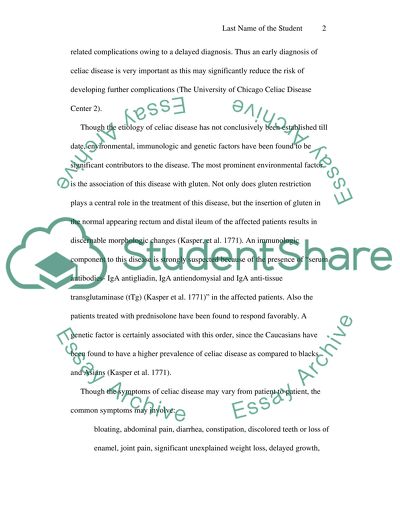Cite this document
(“Celiac's Disease Essay Example | Topics and Well Written Essays - 1250 words”, n.d.)
Retrieved from https://studentshare.org/miscellaneous/1511714-celiacs-disease
Retrieved from https://studentshare.org/miscellaneous/1511714-celiacs-disease
(Celiac'S Disease Essay Example | Topics and Well Written Essays - 1250 Words)
https://studentshare.org/miscellaneous/1511714-celiacs-disease.
https://studentshare.org/miscellaneous/1511714-celiacs-disease.
“Celiac'S Disease Essay Example | Topics and Well Written Essays - 1250 Words”, n.d. https://studentshare.org/miscellaneous/1511714-celiacs-disease.


